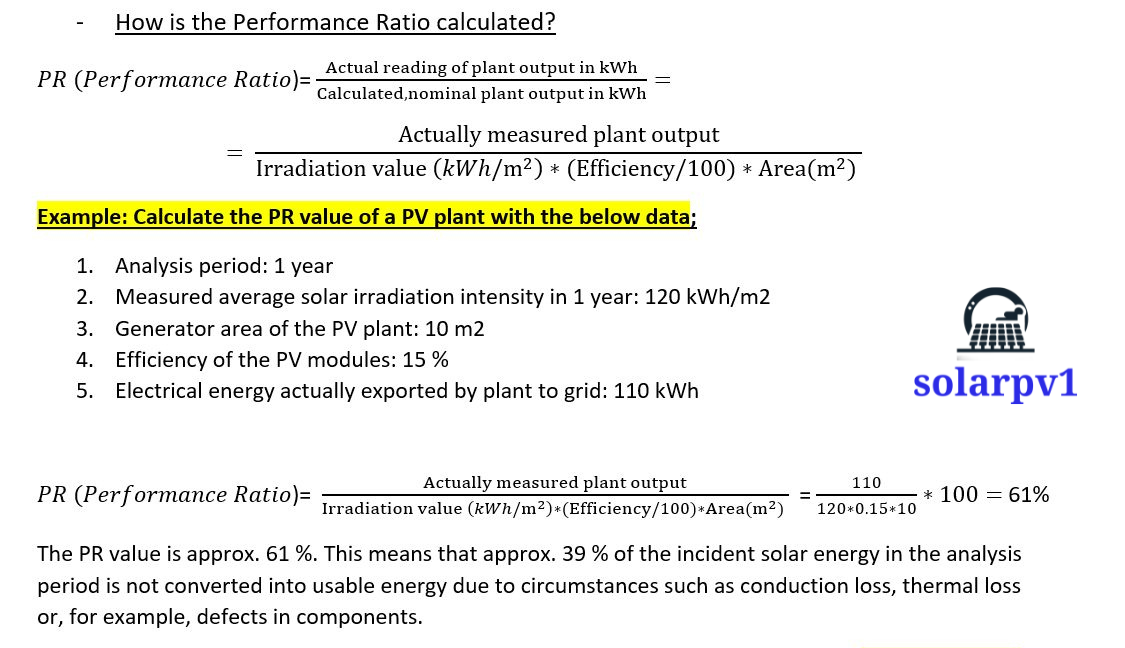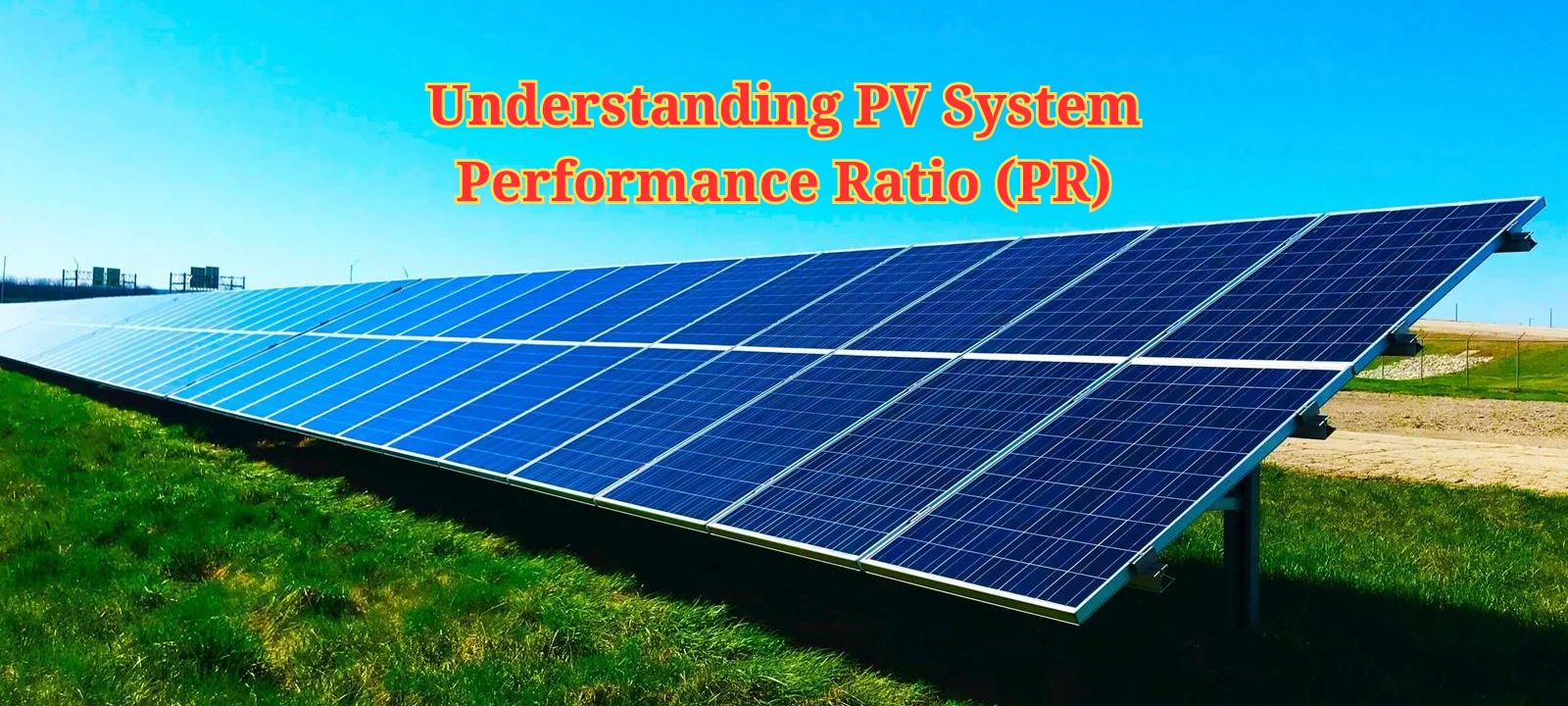Understanding PV System Performance Ratio (PR)
When it comes to evaluating the efficiency and effectiveness of a photovoltaic (PV) system, one of the key performance indicators used is the PV System Performance Ratio (PR). The PR is a metric that helps assess the overall performance and energy yield of a PV system.
What is PV System Performance Ratio (PR)?
The PV System Performance Ratio is a ratio that compares the actual energy output of a PV system to its expected energy output under ideal conditions. It is expressed as a percentage and provides insight into how well a PV system is performing in real-world conditions.
The PR takes into account various factors that can affect the performance of a PV system, such as temperature, shading, soiling, and system losses. By comparing the actual energy output to the expected energy output, the PR helps identify any inefficiencies or issues that may be affecting the system’s performance.

Calculating PV System Performance Ratio (PR)
The PV System Performance Ratio is calculated using the following formula:
PR = (Energy Output / (Installed Capacity * Reference Irradiance)) * 100%
Where:
- Energy Output: The actual energy output of the PV system, measured in kilowatt-hours (kWh).
- Installed Capacity: The rated capacity of the PV system, measured in kilowatts (kW).
- Reference Irradiance: The expected irradiance under standard test conditions, measured in kilowatt-hours per square meter (kWh/m²).
By plugging in the appropriate values into the formula, the PR can be calculated to determine the performance ratio of a PV system.
Interpreting PV System Performance Ratio (PR)
The PV System Performance Ratio provides valuable insights into the performance of a PV system. A higher PR indicates a more efficient and effective system, while a lower PR suggests that there may be issues affecting the system’s performance.
Typically, a well-designed and properly functioning PV system should have a PR of around 75% to 85%. However, the actual PR can vary depending on various factors, such as the location, climate, system design, and maintenance practices.
It is important to note that the PR should not be used as the sole indicator of a PV system’s performance. It should be considered in conjunction with other performance metrics, such as energy yield, capacity factor, and specific yield, to get a comprehensive understanding of the system’s overall performance.
Factors Affecting PV System Performance Ratio (PR)
Several factors can affect the PV System Performance Ratio. These include:
- Temperature: High temperatures can cause a decrease in the efficiency of the PV system, leading to a lower PR.
- Shading: Shading from nearby objects, such as trees or buildings, can reduce the amount of sunlight reaching the PV panels, resulting in a lower PR.
- Soiling: Dust, dirt, and other debris can accumulate on the surface of the PV panels, reducing their efficiency and lowering the PR.
- System Losses: Various losses, such as wiring losses, inverter losses, and mismatch losses, can impact the overall performance of the PV system and decrease the PR.
By addressing these factors and implementing measures to mitigate their impact, the PR of a PV system can be improved, resulting in better overall performance and energy yield.
Declaration
The PV System Performance Ratio (PR) is a valuable metric for assessing the efficiency and effectiveness of a PV system. By calculating the PR and interpreting the results, system owners and operators can identify any issues affecting the system’s performance and take appropriate measures to improve its overall efficiency and energy yield.
It is important to regularly monitor and evaluate the PR, along with other performance metrics, to ensure that the PV system is operating optimally and delivering the expected energy output.
